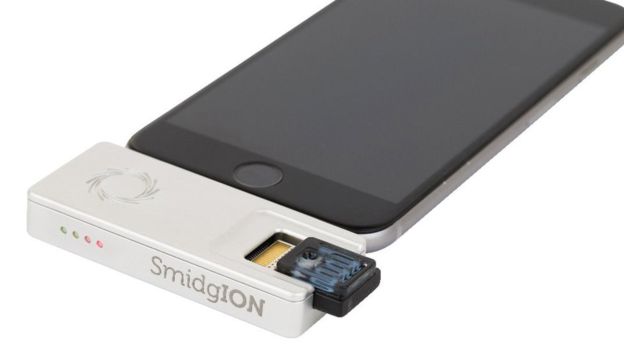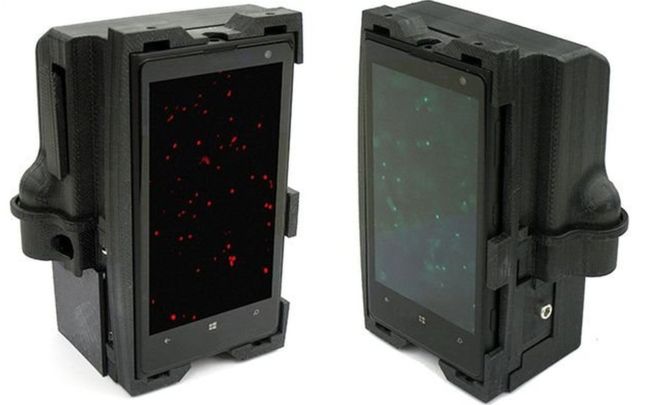While efforts continue to mount-up globally in providing sustainable access to testing, drugs and treatment for cancer and other debilitating diseases that now possess great challenge to the world, especially in ‘third-world countries’ scientists have developed a DNA-analyzing smartphone attachment that is hoped to cost only 'a fraction' of a lab-based kit.
The brains behind the phone-powered pathology microscope claim the device could be commercialized for less than $500 (£406) each. They also believe it will expedite the treatment of cancer, tuberculosis and other diseases more effectively particularly in the developing world where treatment-accessibility issue is acute.
3D-printed, the prototype microscope attachment was developed as a collaborative effort by the University of California, Stockholm University as well as Uppsala University.
In explaining what the new invention would do, a researcher on the team said the tech could aid medical personnel examine tissue samples without the luxury of sending them to a probable poorly facilitated, or geographically remote medical laboratory.
Prof Mats Nilsson told a journalist the tech "can use the information that is carried in our DNA to make diagnoses". He further asserted that "There are two main areas where this is done today. In cancer, where certain mutations in tumors confer resistance to drugs, it can be used to prescribe the right treatments and in infectious diagnostics, it's the fastest way to work out if an infection is viral or bacterial, and, if it's bacteria, to figure out if it carries antibiotic resistant genes or not."
In using the device, a sample patient's tissue is put in a container and placed under a special lens attached to the smartphone's camera where two laser diodes and a white LED beam light into the sample in a pre-programmed order, producing images which are fed into an algorithm for analysis.

Famous for its high picture quality since its release in 2013, a Nokia Lumia 1020 was used in the experiment but Prof Nilsson said the machine could be modified for use with recent smartphones models and suggested the tech be put to immediate use in treating tuberculosis in places like India with alarming rates of the disease.
In his own words, “it’s a trial and error thing - they start with the first-line drugs even if one knows that only 50% of the patients will respond, since resistance is so widespread. Then it can take three months to follow up, in which the patient can spread the disease. So, one should stop doing that and treat patients with the right antibiotics at the time of diagnosis, and the only way to figure that out in the short-term is an affordable and simple DNA test".
But regardless of the possible defects that might accompany a technology of this sort, there’s no denying that we are on the verge of something revolutionary: at least to the medical industry.
Â





